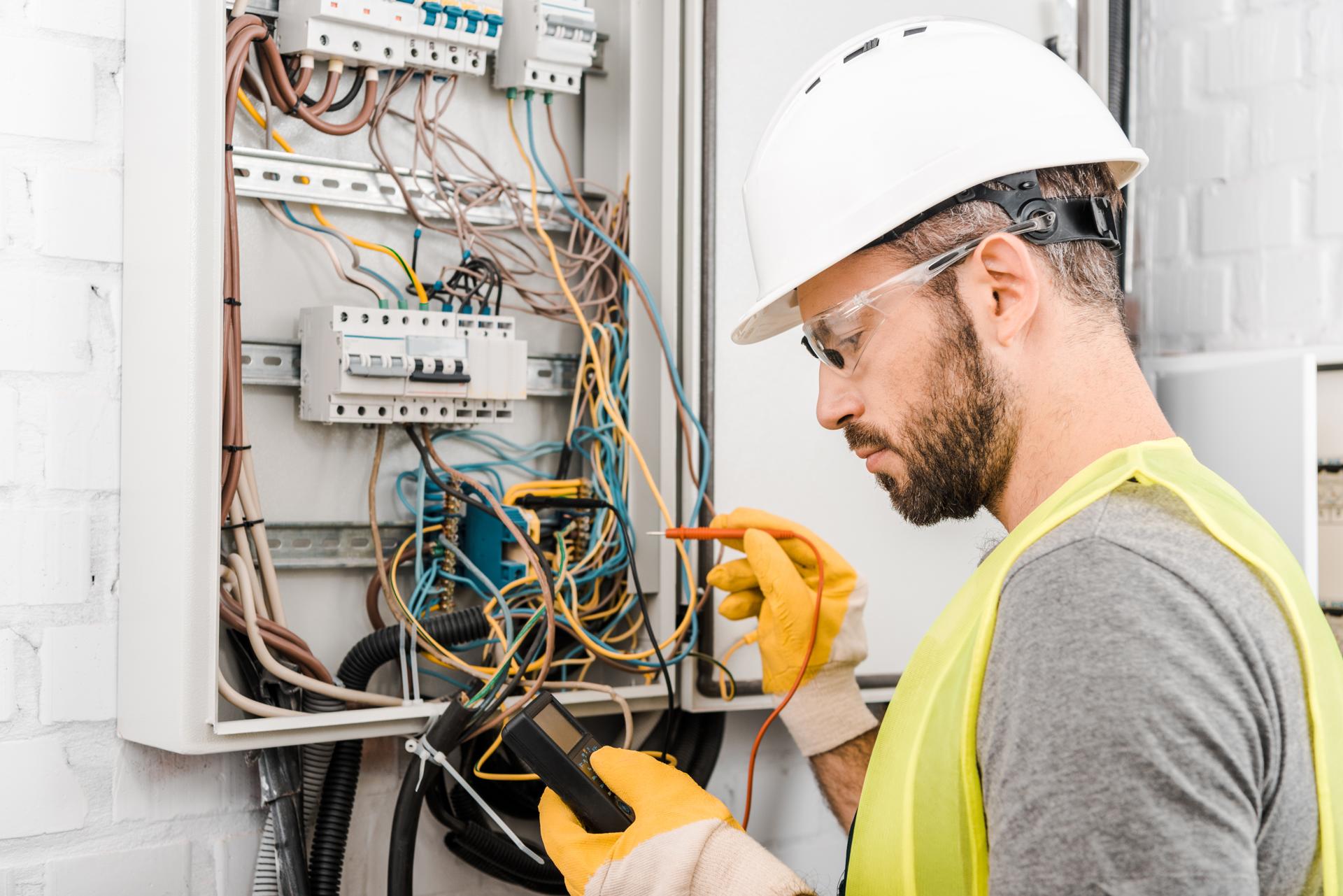The Fundamentals of Electrical Wiring in Your Home: An Amateur's Perspective

Electricity is an essential component of our daily life, powering everything from the lights of our homes to the gadgets we use on a daily basis. But electricity systems are a bit complicated, and understanding how they work isn’t easy. In this article we’ll go over the components that make up an electric system, and explain how circuits work to power appliances and devices. Our residential electricians can handle any electrical jobs you need.
Components of an Electrical System
An electrical system is comprised of several important components that work to supply power to homes. They include:
Breaker box: the main distribution point for electrical energy in a house, where the electricity is divided into several circuits
Outlets and switches: the places where electricity is delivered to devices and appliances
Wiring: the wires that transmit electric current from the box to the outlets and switches
Electrical appliances and devices: devices and appliances that use electricity to function.
Electrical Circuits
A circuit of electricity is one which allows electricity to flow from the source (the breakers box) to the devices and appliances in a home. There are two kinds of electrical circuits found in a home: 120-volt circuits and circuits with 240-volt voltage. 120-volt circuits are employed for the majority of household appliances and appliances, whereas the 240-volt circuits are designed for larger appliances such as dryers and air conditioners.
Electrical circuits function by creating an electrical loop that allows power to flow from the source into the device or appliance. The loop is comprised of a hot wire which carries the electricity and a neutral wire which completes the circuit, and a ground wire , which is an avenue for electricity to travel to the ground in the event there is a problem.
Understanding the electrical Wiring
Electrical wiring is available in many different types, including non-metallic sheathed wire (NM), armored cable (AC) and conduit. Each type has its advantages and disadvantages and the selection of wiring type depends on the particular requirements that the location requires.
Electricity travels through wiring by creating a flow of electrons that travel through the wire. The electrons flow through the wire from source, to device or appliance, and back to the source using the neutral wire. It is essential to ensure the wiring is installed and maintained properly, since defective wiring could lead to electrical hazards such as shocks or fires.
Common Electrical Issues
The most frequent electrical problems found that homeowners face include tripping the light bulbs, flickering breakers and electrical outlets that are not working. The causes of these issues could be due to a variety of reasons such as overloading circuits loose connections, and faulty wiring.
If you are experiencing any of these issues it’s crucial to pinpoint the cause and take appropriate steps to correct the issue. In certain instances it may be necessary to contact an authorized electrician to inspect and repair the wiring.
Final Conclusion, as well as a Call to Action
In conclusion, understanding the way electrical wiring functions is vital to ensure the safety and reliability of the electrical system in your home. By following the guidelines outlined in this guide, you can stay safe and prevent potential hazards.
In case you’ve got any concerns or questions about your home’s electrical system do not hesitate to call Local Electrician Glenfield. Our team of licensed electricians has the expertise and experience to address all of your electrical requirements. Contact us by phone at 1300 610 481 to schedule a consultation.
FAQ
What are the indicators of faulty electrical wiring?
The signs of an electrical wiring issue could include tripping breakers flickering lights, and electrical outlets that are not working, for example.
When should I have the electrical system of my house checked?
It is recommended to have your home’s electrical system inspected by an authorized electrician every 10 years.
What is the expected lifespan of wiring that is electrical?
The lifespan of electrical wiring is dependent on a variety of factors, including what kind of wire, the setting it’s placed in, and the quality of installation. In general, electrical wiring will last for as long as thirty years, or even more, with proper installation and maintenance.
Do I need to fix electrical issues myself , or do I need to hire an electrician?
While some electrical issues can be solved by homeowners, it is advised to hire a licensed electrician to complete most electrical repairs. If you attempt to fix electrical issues without the proper education and knowledge can be risky and may cause damage or injury in your house.
What should I do if have an electrical issue within my home?
If you encounter an electrical problem, the first step is to shut off the power to the affected location by turning off the breaker or fuse. After that, you should contact a licensed electrician to look into and fix the issue as soon as possible.
By following these rules by following these guidelines, you can ensure the security and reliability of your electrical system in your home and reduce any potential dangers. Be aware that when it comes to electrical repairs or installations, it’s recommended to rely on the professionals. Contact Local Electrician Glenfield at 1300 610 481 for all your electrical needs.
